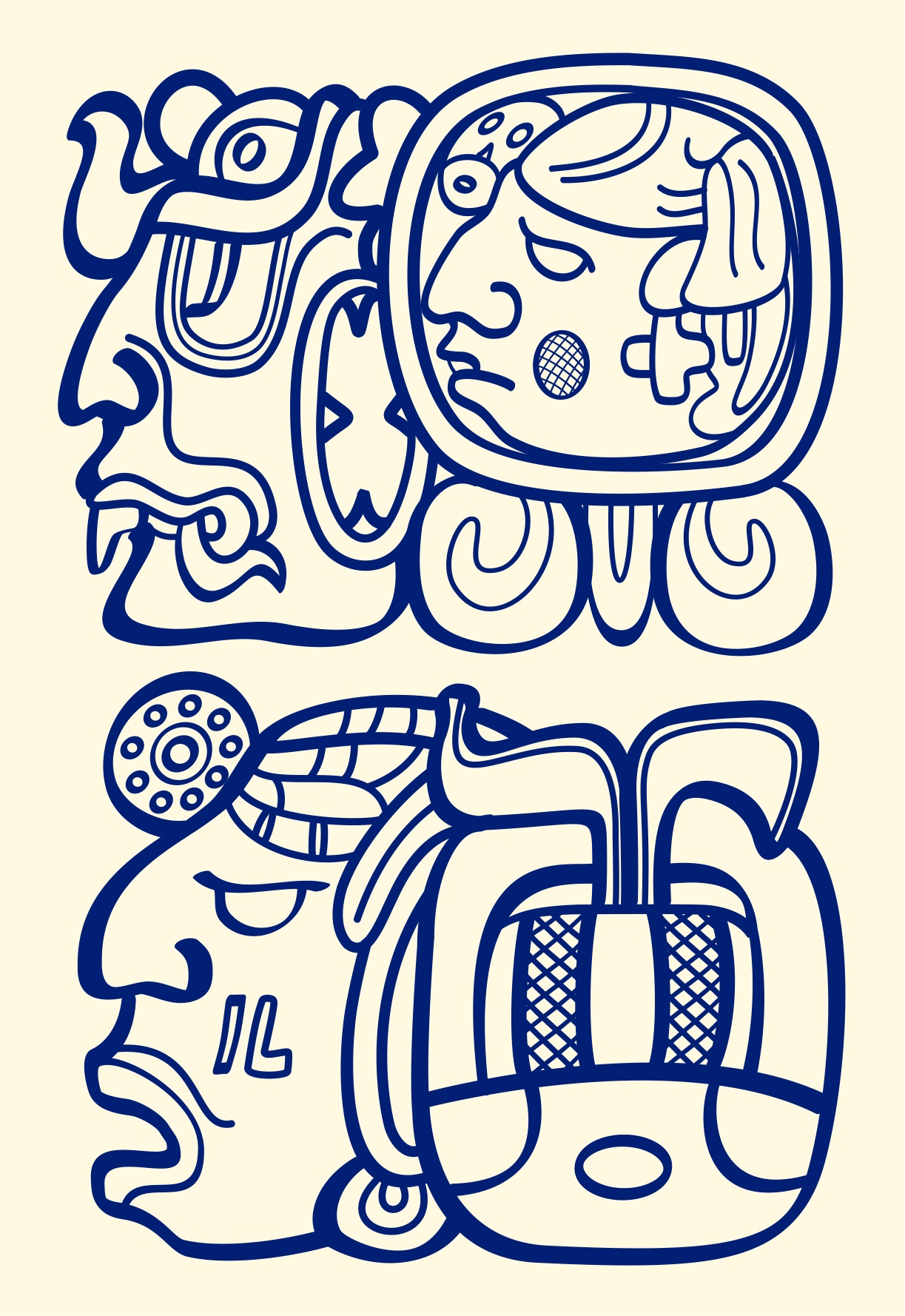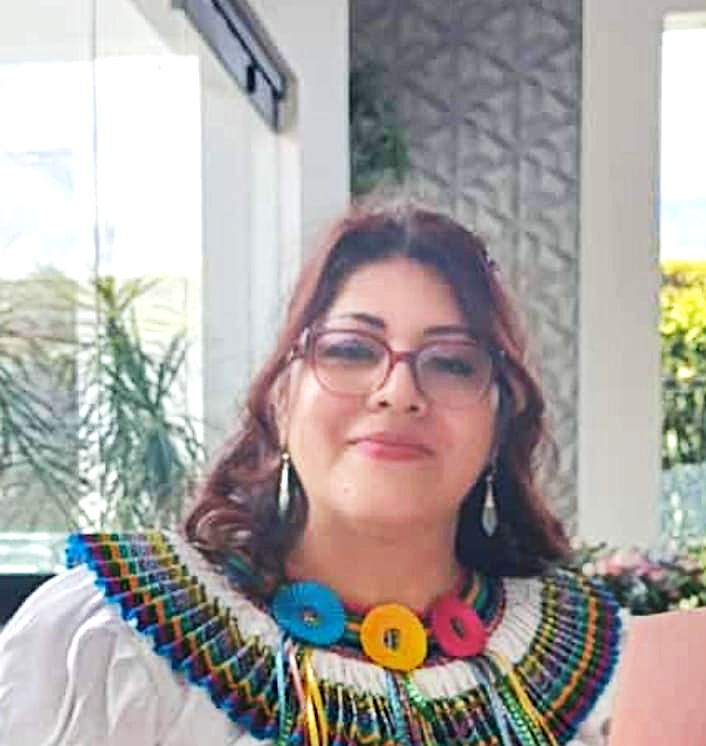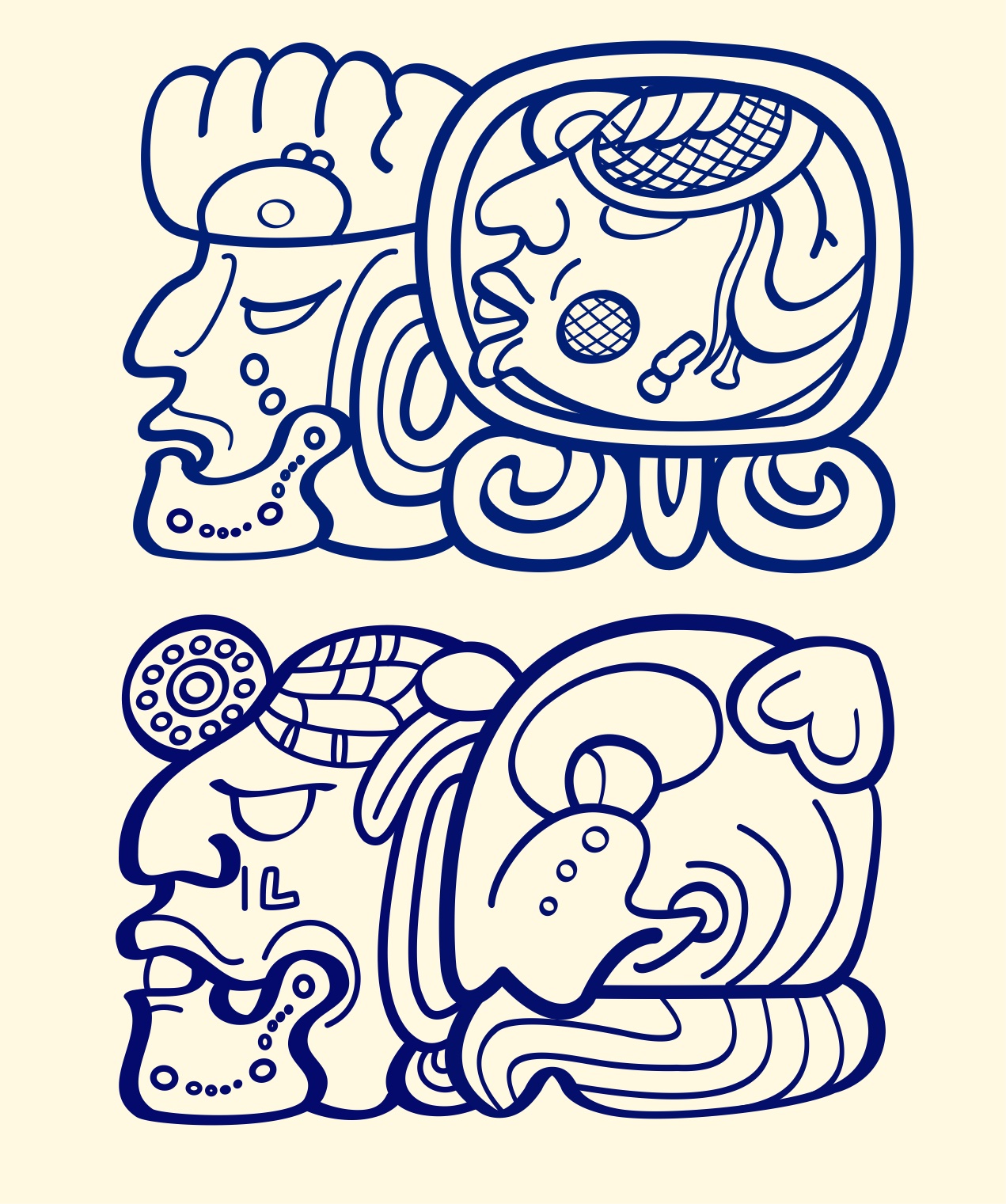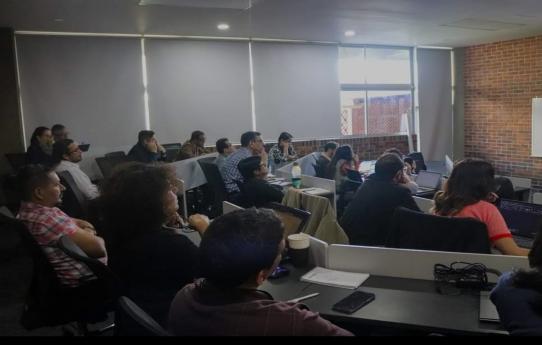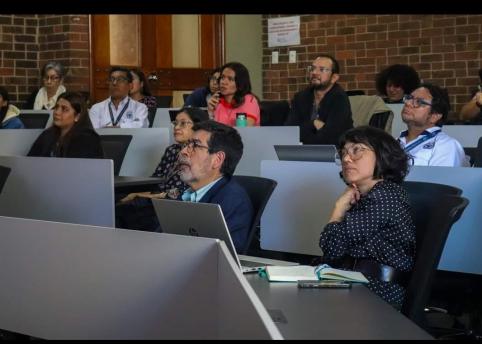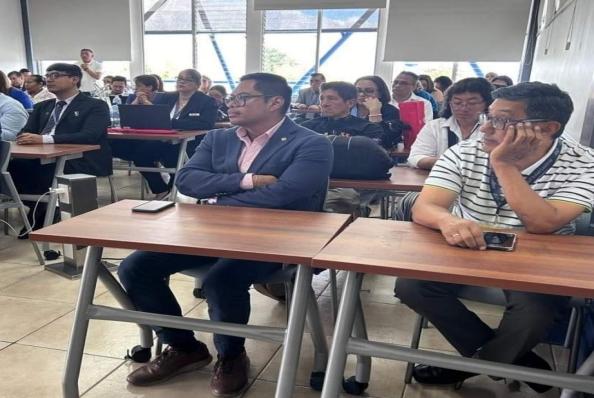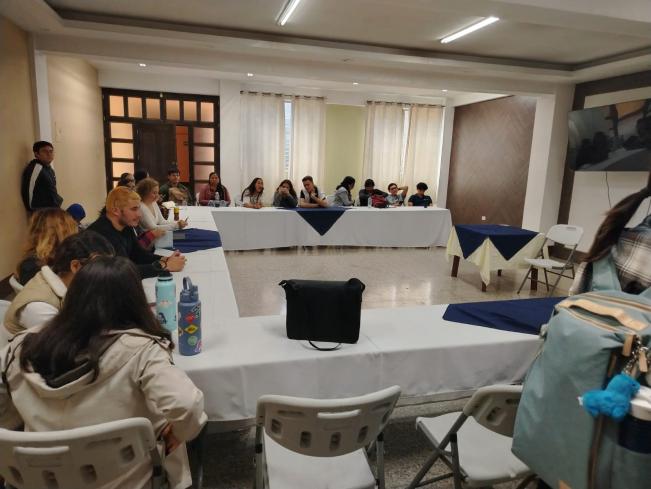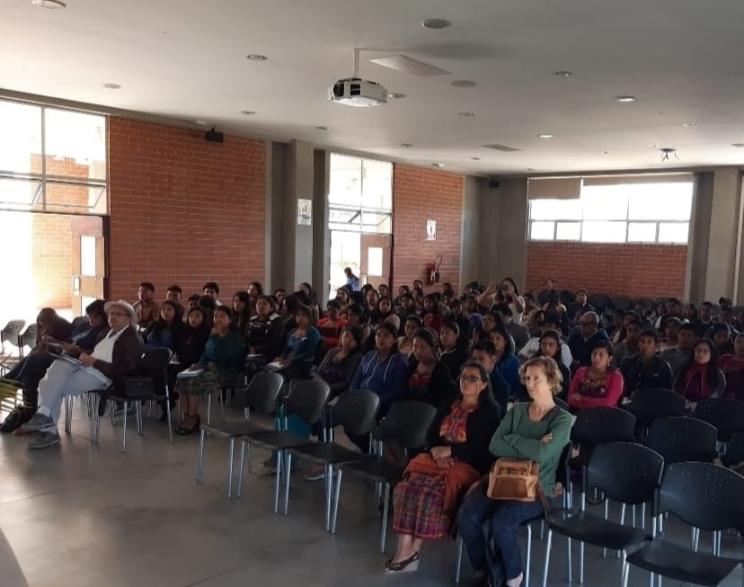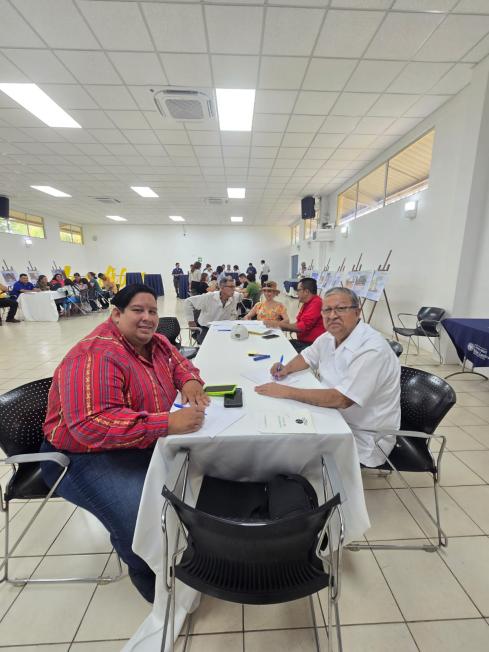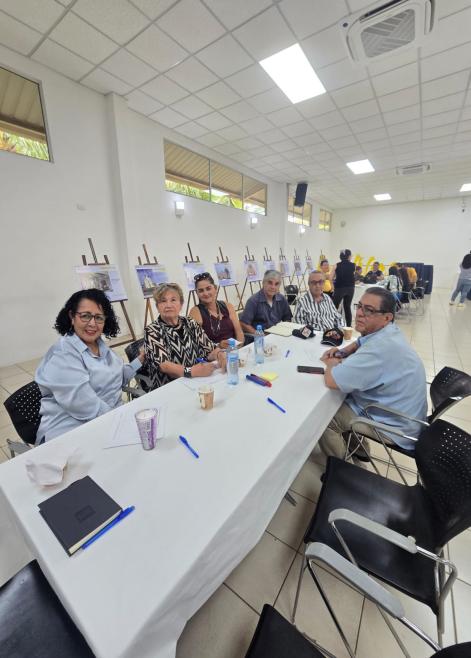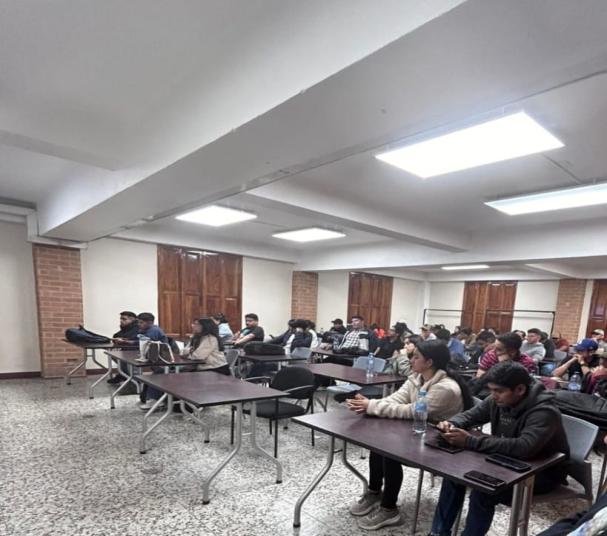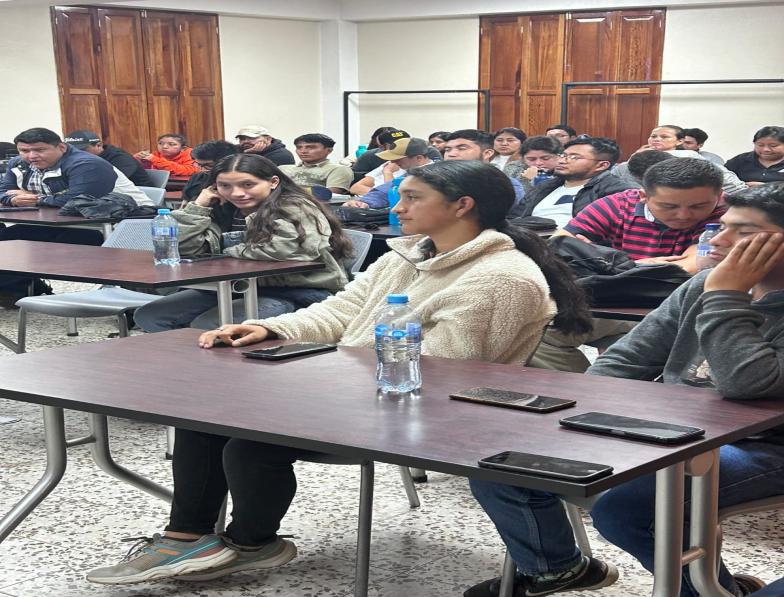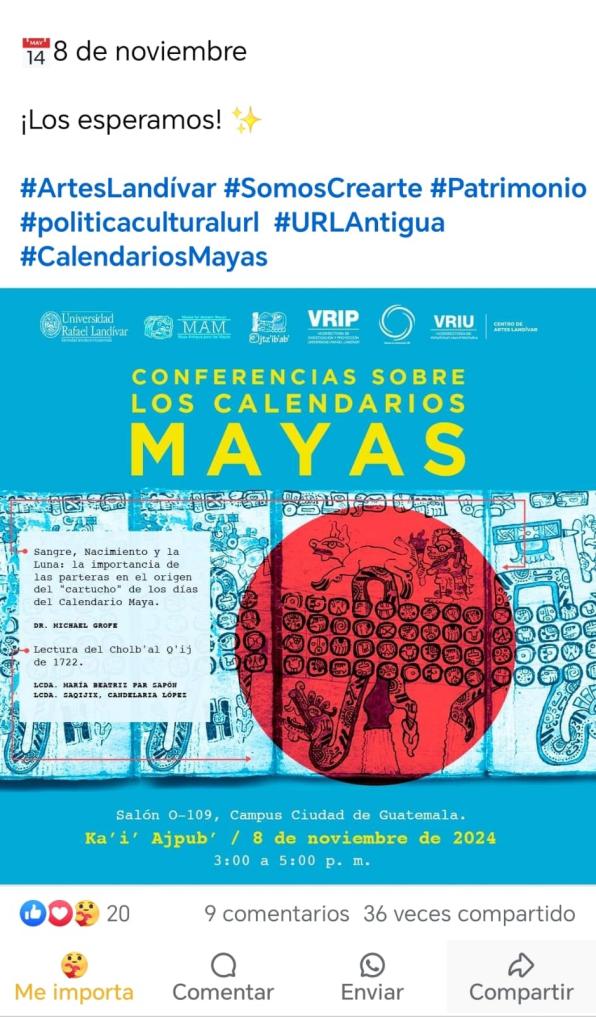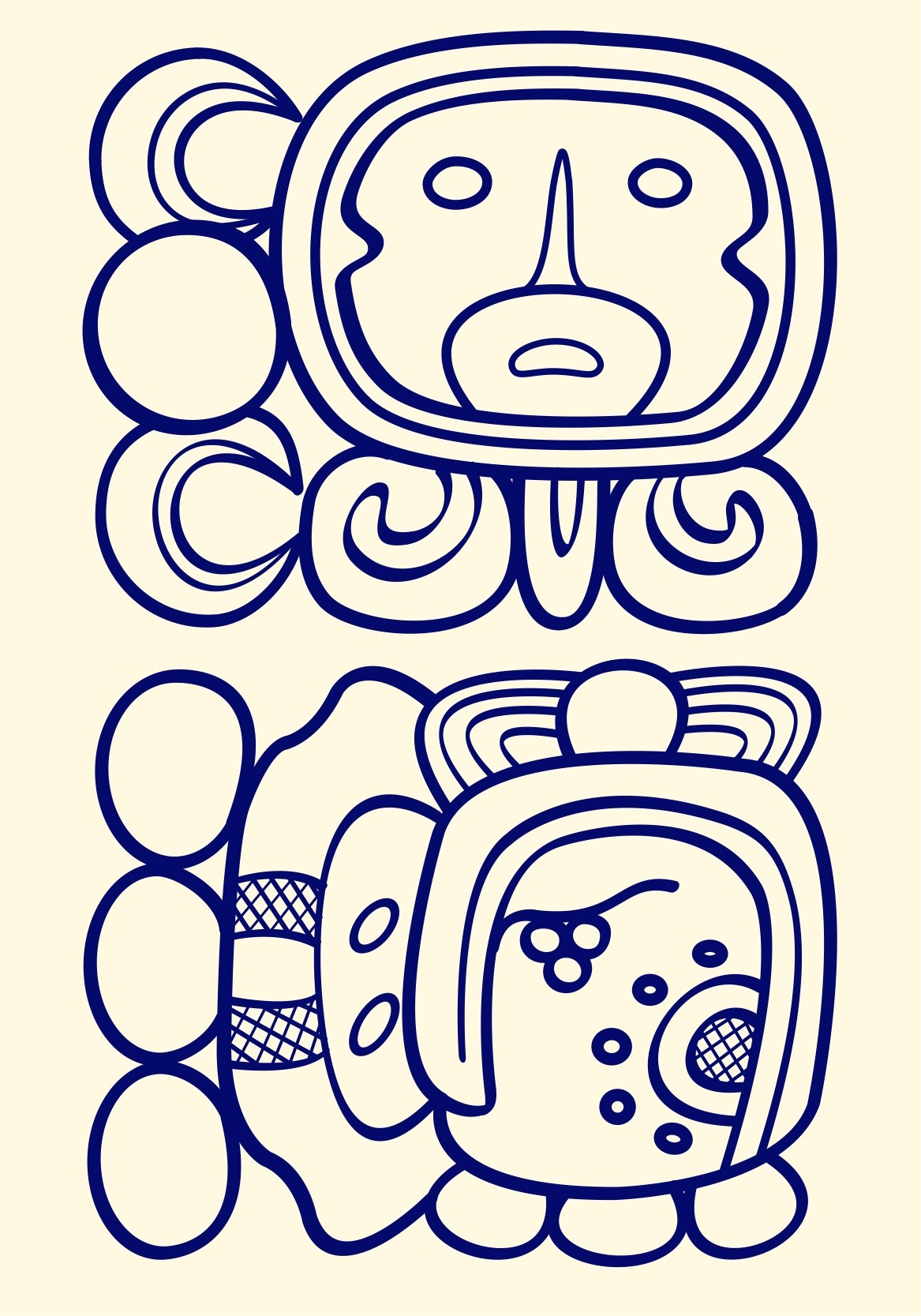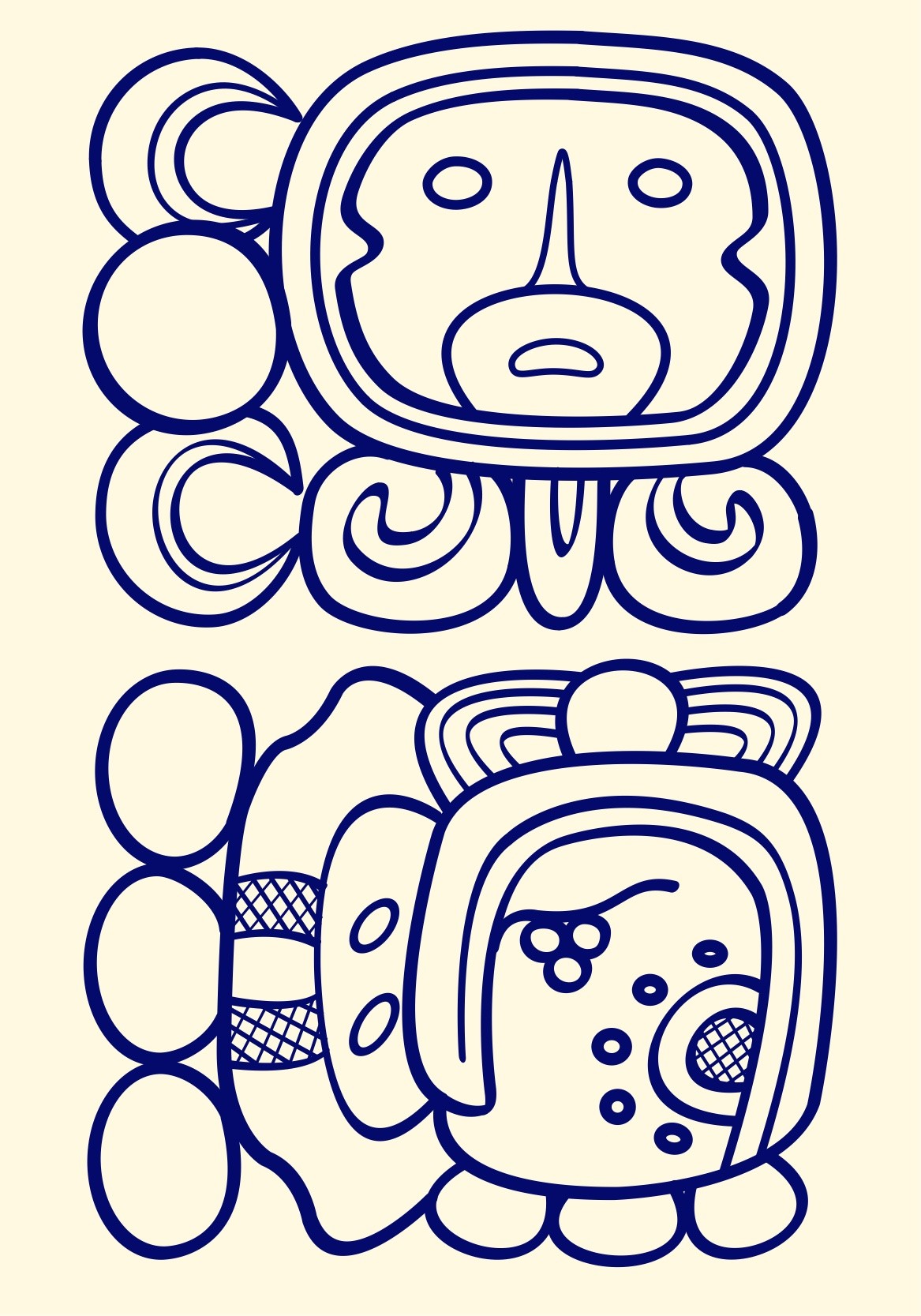¡PUEDES AYUDAR A NUESTROS COLEGAS MAYAS A REDESCUBRIR SU PATRIMONIO CULTURAL!
DONA AHORA EN:
https://discovermam.org/support/#ayudar
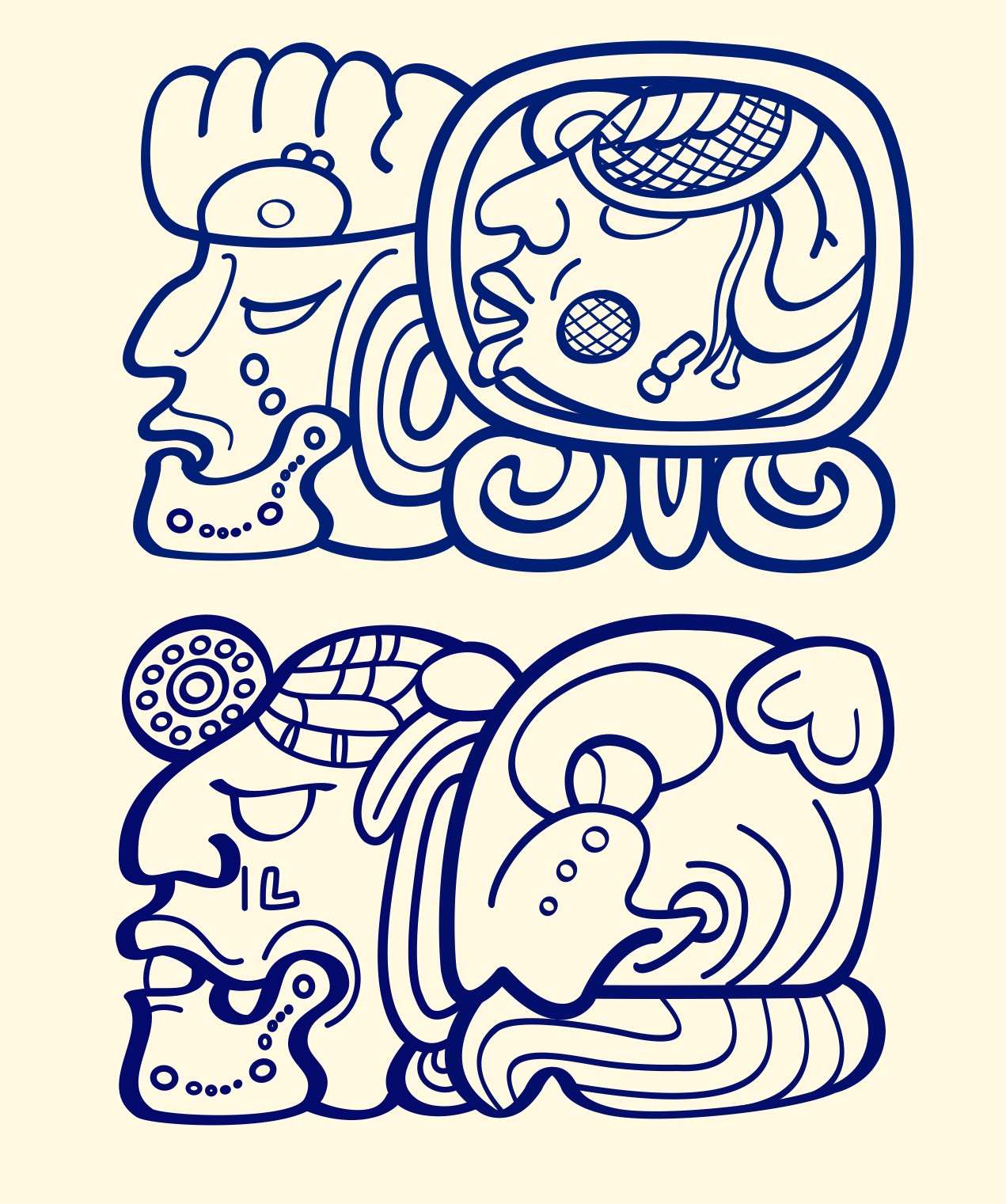
3 Ajaw 3 K’ank’in (18 de diciembre, 2024)
Los Calendarios Mayas:
¡Una conferencia en línea exitosa!
De parte de todos nosotros en MAM a todos ustedes, les deseamos unas muy felices fiestas y un Año Nuevo lleno de paz y alegría. Este ha sido un año desafiante en muchos sentidos para muchos de nosotros. Para mí, ha sido uno de los semestres más exigentes como director de departamento y profesor, y nuestros blogs han tenido que quedar en segundo plano. Pero tuvimos una conferencia en línea muy exitosa el mes pasado, el 8 de noviembre, y esperamos apoyar más eventos como este en el futuro. Me invitaron gentilmente a presentar junto con María Beatriz Par Sapon nuestro trabajo colectivo sobre los calendarios mayas. María Beatriz estaba presentando los registros históricos del calendario k’iche’, el Cholb’al Q’ij de 1722, que ha estado realizando con Saqijix, Candelaria López. Presenté mi trabajo sobre la evidencia de la importancia de las parteras en el uso y el origen del cartucho de días maya. A pesar de algunos pequeños fallos técnicos, el evento se transmitió por Zoom a varios campus de la Universidad Rafael Landivar en Guatemala, con cientos de personas presentes. Eventos como este son mucho más fáciles de organizar y financiar que grandes congresos, por lo que exploraremos las posibilidades de este tipo de conferencias en línea en el futuro.

A continuación incluimos un repoeta del Coordinador de la Conferencia, Ajpub’ Pablo García Ixmata de fecha 8 de noviembre de 2024, 2 Ahaw 3 Keh. 2 Ahaw 3 Keh.
Ahora que el semestre ha llegado a su fin, finalmente comenzaremos nuestra próxima campaña de recaudación de fondos y solicitaremos nuevamente apoyo financiero. Estén atentos: les damos las gracias a todos y siempre agradecemos su ayuda y cualquier contribución que puedan hacer.
Si desea realizar una donación, visite el siguiente enlace para ver varias opciones sencillas:
https://discovermam.org/support/#ayudar
¡Les deseamos a ustedes, a sus familias y a todos nuestros amigos mayas un maravilloso Año Nuevo!
Sib’alaj Maltyox,
Michael Grofe, Presidente
MAM
Ciudad de Guatemala, 11 de noviembre de 2024
Maya Antiguo para los Mayas
Michael Grofe
Presidente del MAM
Estimados señores
Un saludo cordial de parte de los Ajtz’ib’ab’, en este día jo’o’ Aq’ab’al. Un excelente inicio de semana, esperando todo bien en salud, trabajo en el académico y profesional.
Primero, nuestras disculpas, por el fallo técnico de transmisión tanto, de imagen y de sonidos que nos afecto, para desarrollar nuestra actividad. Mil disculpas.
El motivo de la presente presentar agradecerle al MAM, por el apoyo brindado en la conferencia realizada el 8 de noviembre en la modalidad virtual y presencial. Agradecidos por el tema y su contenido nuevo tan interesante para todos y se relación con la vida y el trabajo de las comadronas y otros profesionistas mayas.
Para este evento asistieron entre estudiantes, delegados culturales e investigadores de la universidad Rafael Landívar y publico en general. A continuación números y fotos de los participantes.
Fueron compartidos 36 veces en Facebook
-
60 personas del campus central de la Universidad Rafael Landívar Ciudad de Guatemala.
-
40 personas en el campus de Huehuetenango.
-
35 personas en las sede del Quiché
-
35 personas en Antigua Guatemala
-
50 personas en el campus de la Universidad de Zacapa.
-
70 Personas del campus de Quetzaltenango.
-
30 persona del campus de Cobán
Total de participantes en toda las sedes y campus es de 335, estudiantes, catedráticos, delgados y público en general.
Muchas gracias por el apoyo estimados
Att,
Ajpub’ Pablo García
Coordinador
Equipo Ajtz’ib’ab’
Fotos de la conferencia:
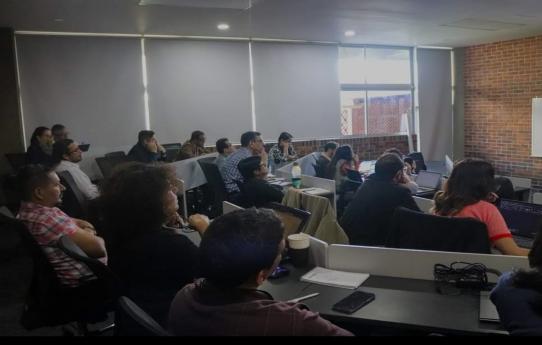
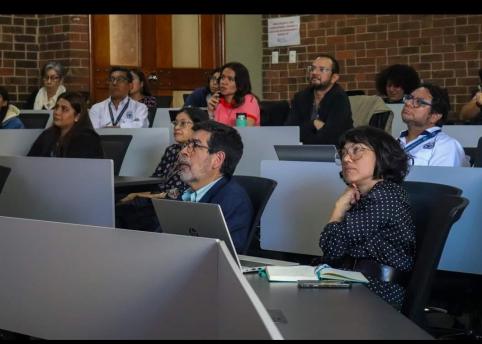
60 personas del campus central de la Universidad Rafael Landívar Ciudad de Guatemala.

40 personas en el campus de Huehuetenango.

35 personas en Antigua Guatemala

50 campus del Quiché
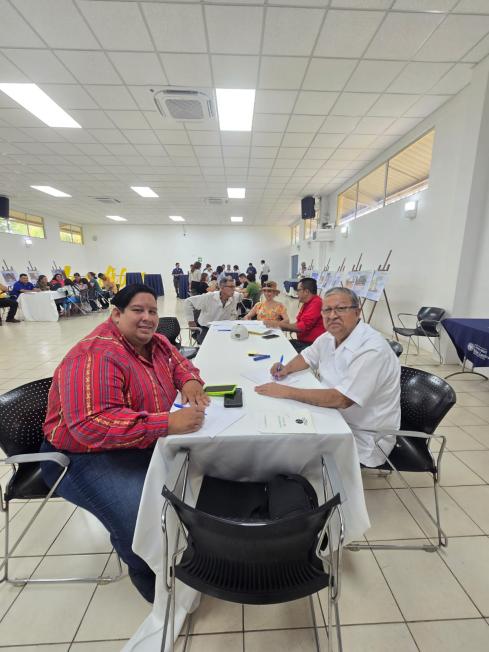
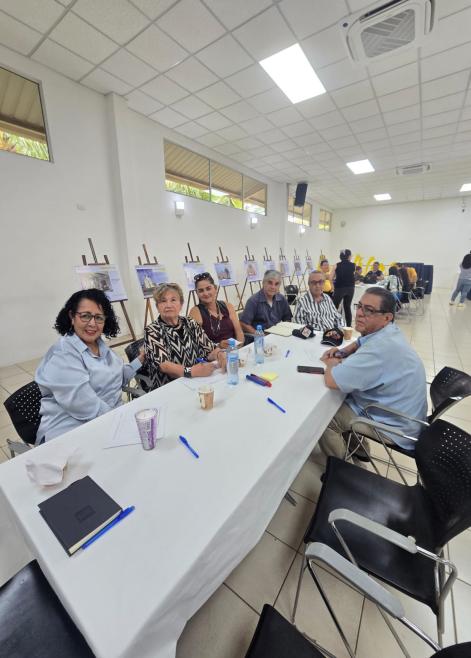
50 personas en el campus de la Universidad de Zacapa.
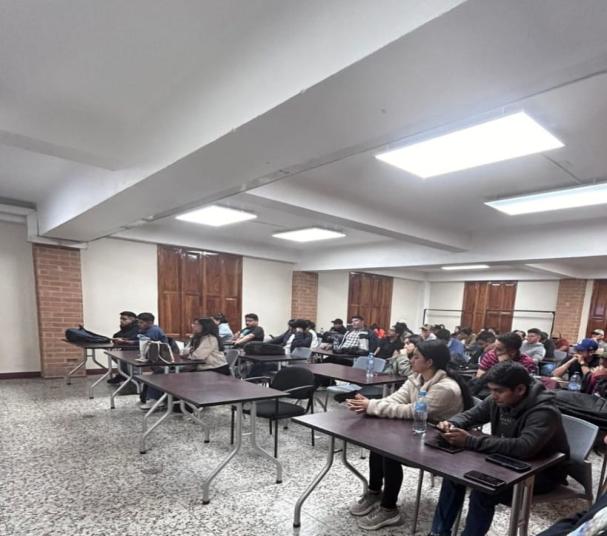
70 Personas del campus de Quetzaltenango.
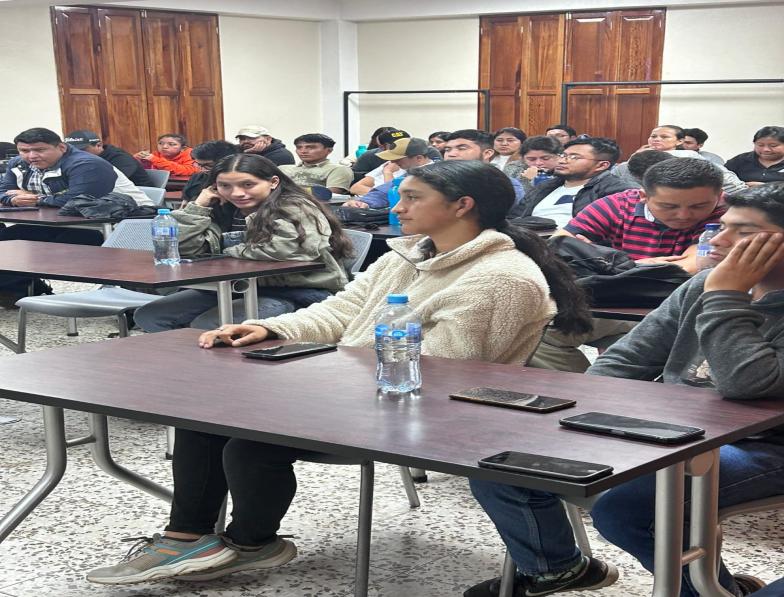
30 persona del campus de Cobán
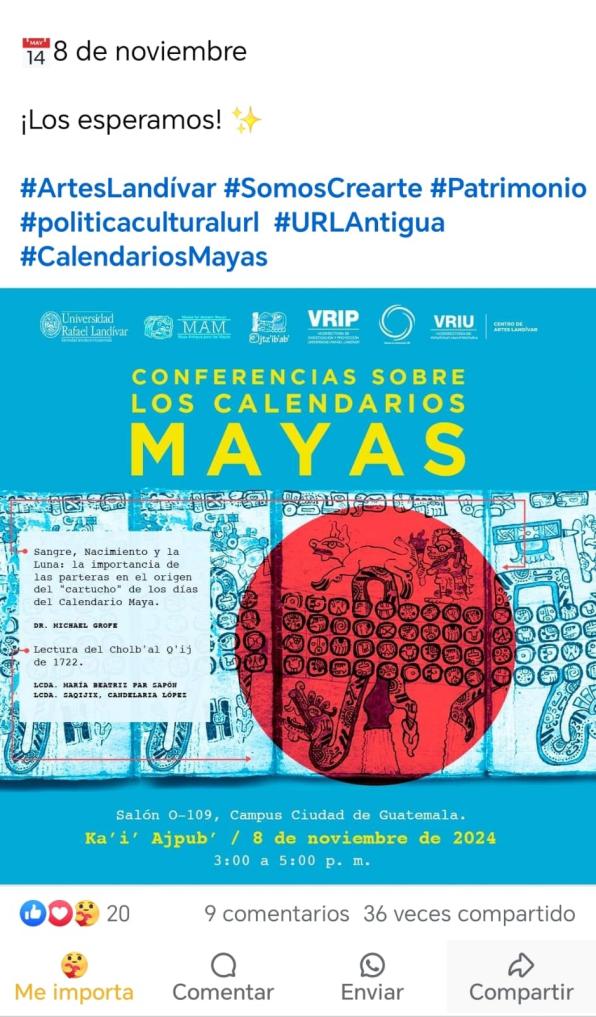
Fue compartido en Facebook 36 veces.
¡PUEDES AYUDAR A NUESTROS COLEGAS MAYAS A REDESCUBRIR SU PATRIMONIO CULTURAL!
DONA AHORA EN:
https://discovermam.org/support/#ayudar
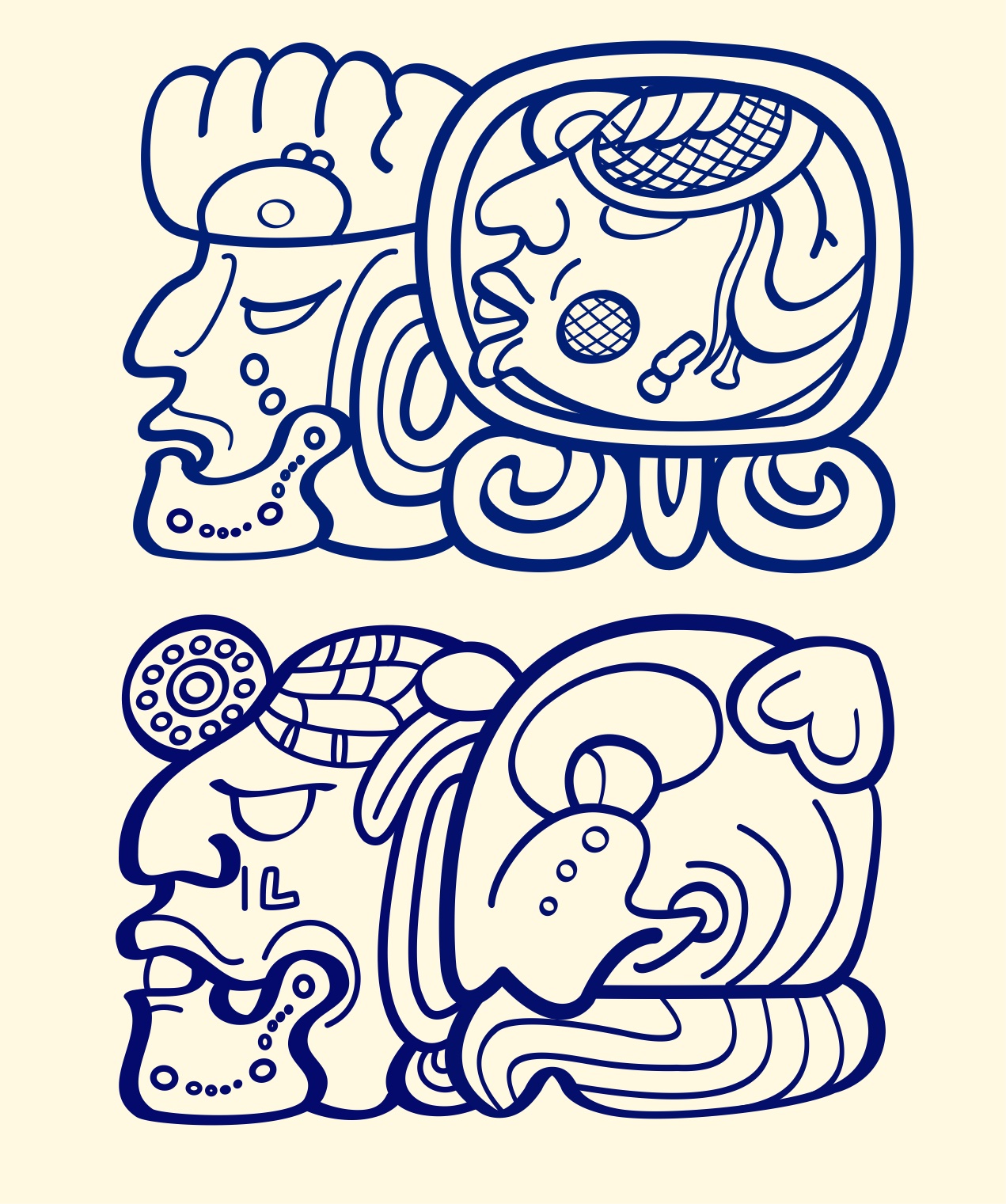
3 Ajaw 3 K’ank’in (18 de diciembre, 2024)
Los Calendarios Mayas:
¡Una conferencia en línea exitosa!
De parte de todos nosotros en MAM a todos ustedes, les deseamos unas muy felices fiestas y un Año Nuevo lleno de paz y alegría. Este ha sido un año desafiante en muchos sentidos para muchos de nosotros. Para mí, ha sido uno de los semestres más exigentes como director de departamento y profesor, y nuestros blogs han tenido que quedar en segundo plano. Pero tuvimos una conferencia en línea muy exitosa el mes pasado, el 8 de noviembre, y esperamos apoyar más eventos como este en el futuro. Me invitaron gentilmente a presentar junto con María Beatriz Par Sapon nuestro trabajo colectivo sobre los calendarios mayas. María Beatriz estaba presentando los registros históricos del calendario k’iche’, el Cholb’al Q’ij de 1722, que ha estado realizando con Saqijix, Candelaria López. Presenté mi trabajo sobre la evidencia de la importancia de las parteras en el uso y el origen del cartucho de días maya. A pesar de algunos pequeños fallos técnicos, el evento se transmitió por Zoom a varios campus de la Universidad Rafael Landivar en Guatemala, con cientos de personas presentes. Eventos como este son mucho más fáciles de organizar y financiar que grandes congresos, por lo que exploraremos las posibilidades de este tipo de conferencias en línea en el futuro.
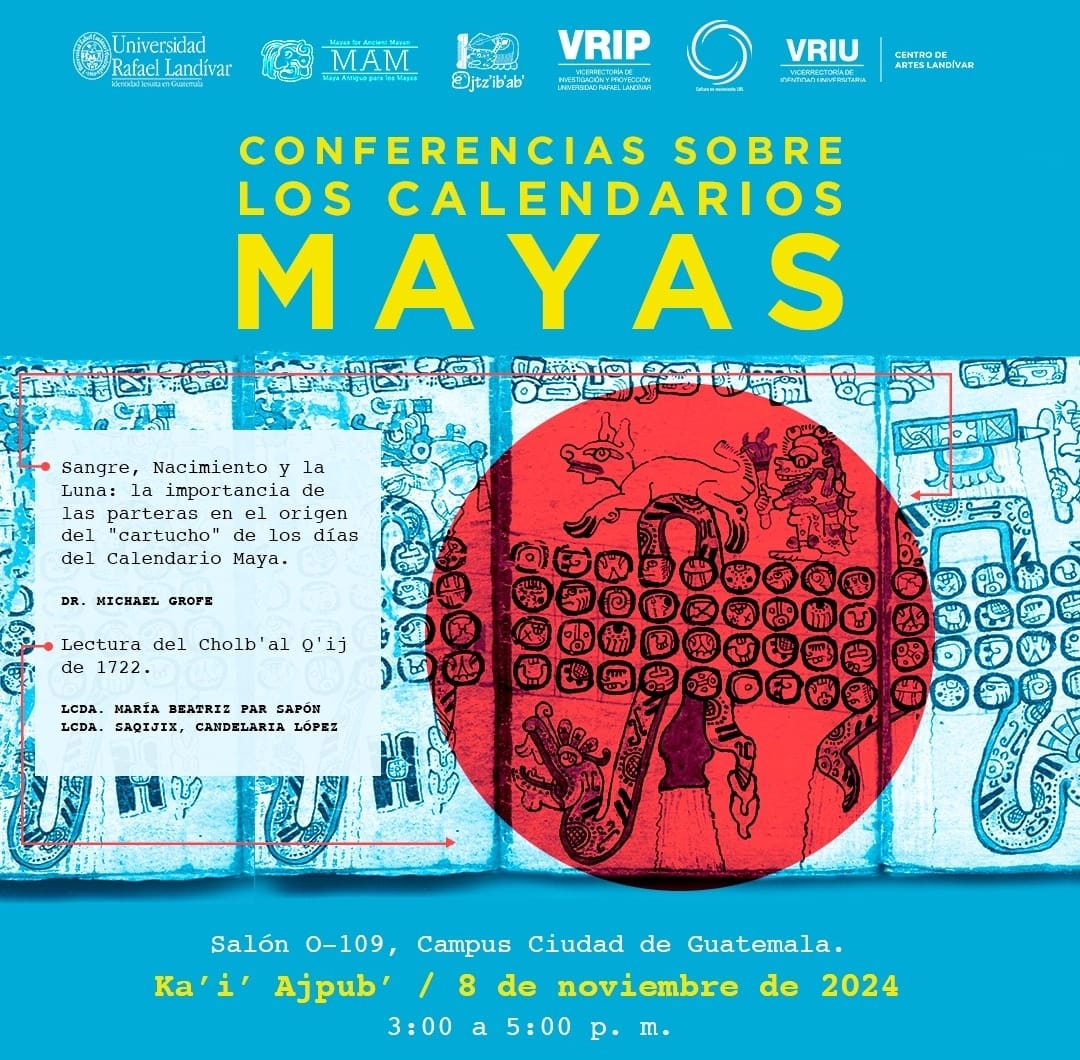
A continuación incluimos un repoeta del Coordinador de la Conferencia, Ajpub’ Pablo García Ixmata de fecha 8 de noviembre de 2024, 2 Ahaw 3 Keh. 2 Ahaw 3 Keh.
Ahora que el semestre ha llegado a su fin, finalmente comenzaremos nuestra próxima campaña de recaudación de fondos y solicitaremos nuevamente apoyo financiero. Estén atentos: les damos las gracias a todos y siempre agradecemos su ayuda y cualquier contribución que puedan hacer.
Si desea realizar una donación, visite el siguiente enlace para ver varias opciones sencillas:
https://discovermam.org/support/#ayudar
¡Les deseamos a ustedes, a sus familias y a todos nuestros amigos mayas un maravilloso Año Nuevo!
Sib’alaj Maltyox,
Michael Grofe, Presidente
MAM
Ciudad de Guatemala, 11 de noviembre de 2024
Maya Antiguo para los Mayas
Michael Grofe
Presidente del MAM
Estimados señores
Un saludo cordial de parte de los Ajtz’ib’ab’, en este día jo’o’ Aq’ab’al. Un excelente inicio de semana, esperando todo bien en salud, trabajo en el académico y profesional.
Primero, nuestras disculpas, por el fallo técnico de transmisión tanto, de imagen y de sonidos que nos afecto, para desarrollar nuestra actividad. Mil disculpas.
El motivo de la presente presentar agradecerle al MAM, por el apoyo brindado en la conferencia realizada el 8 de noviembre en la modalidad virtual y presencial. Agradecidos por el tema y su contenido nuevo tan interesante para todos y se relación con la vida y el trabajo de las comadronas y otros profesionistas mayas.
Para este evento asistieron entre estudiantes, delegados culturales e investigadores de la universidad Rafael Landívar y publico en general. A continuación números y fotos de los participantes.
Fueron compartidos 36 veces en Facebook
- 60 personas del campus central de la Universidad Rafael Landívar Ciudad de Guatemala.
- 40 personas en el campus de Huehuetenango.
- 35 personas en las sede del Quiché
- 35 personas en Antigua Guatemala
- 50 personas en el campus de la Universidad de Zacapa.
- 70 Personas del campus de Quetzaltenango.
- 30 persona del campus de Cobán
Total de participantes en toda las sedes y campus es de 335, estudiantes, catedráticos, delgados y público en general.
Muchas gracias por el apoyo estimados
Att,
Ajpub’ Pablo García
Coordinador
Equipo Ajtz’ib’ab’
Fotos de la conferencia:

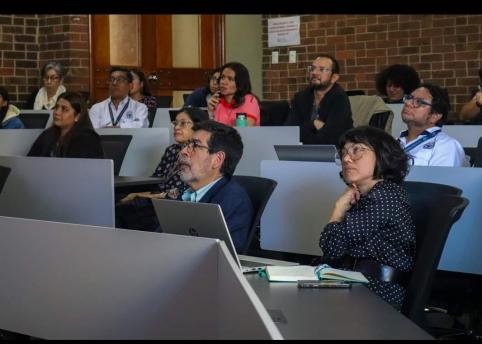
60 personas del campus central de la Universidad Rafael Landívar Ciudad de Guatemala.
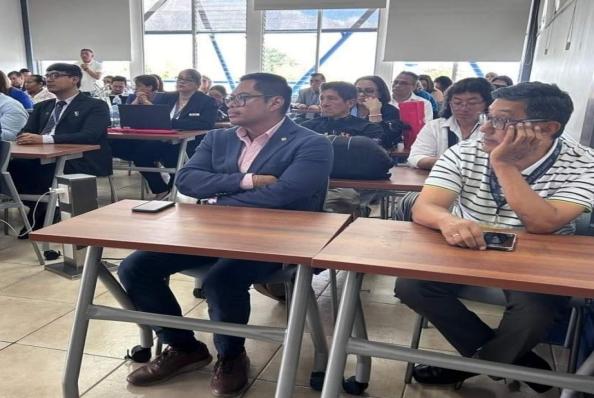
40 personas en el campus de Huehuetenango.
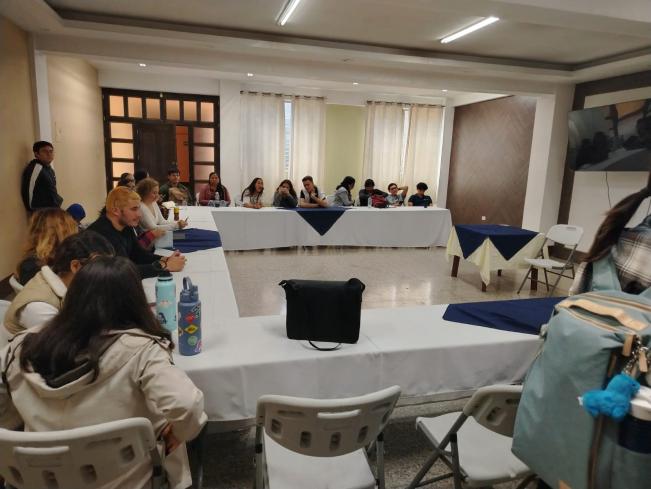
35 personas en Antigua Guatemala

50 campus del Quiché
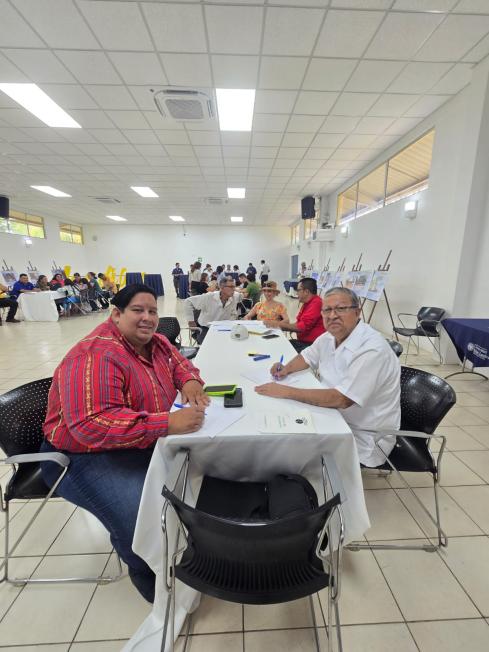
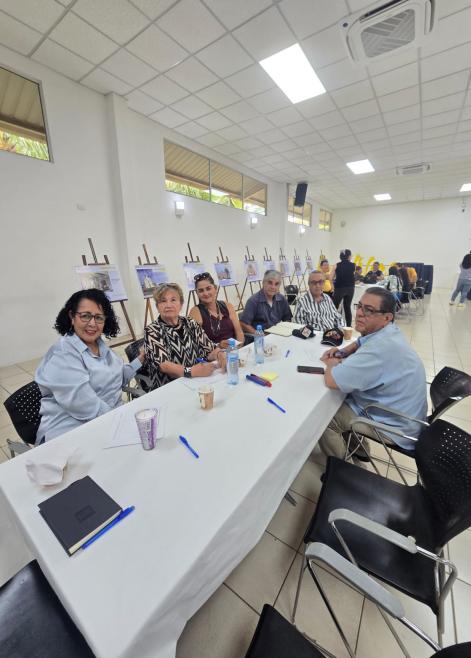
50 personas en el campus de la Universidad de Zacapa.
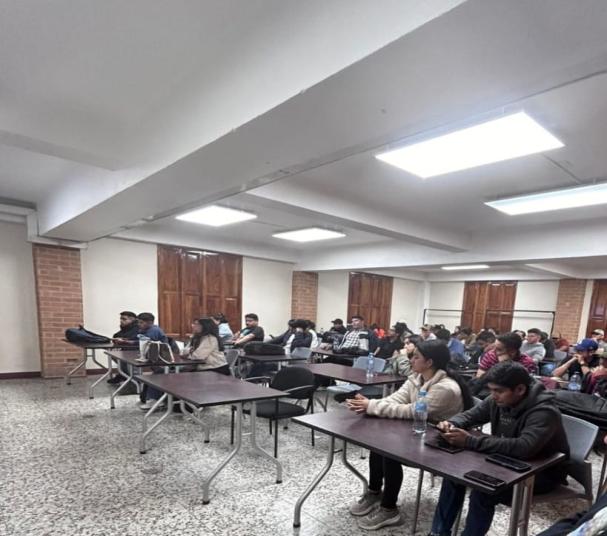
70 Personas del campus de Quetzaltenango.
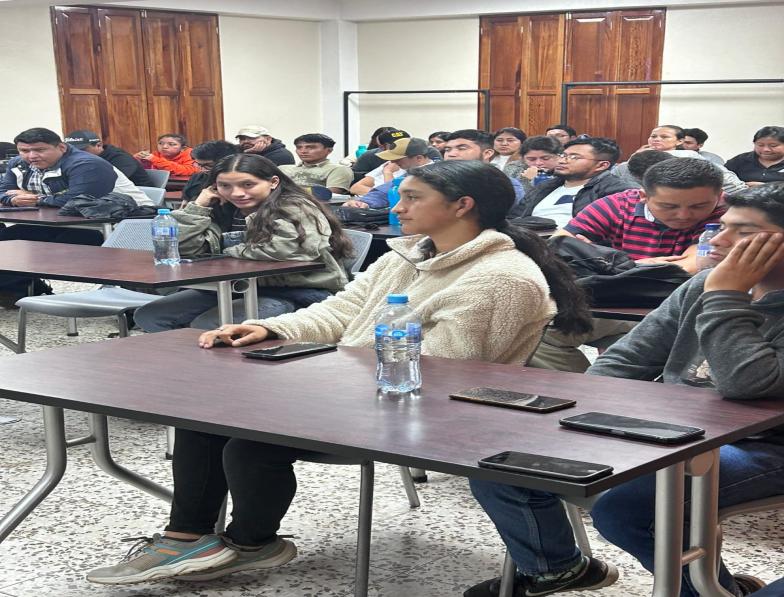
30 persona del campus de Cobán
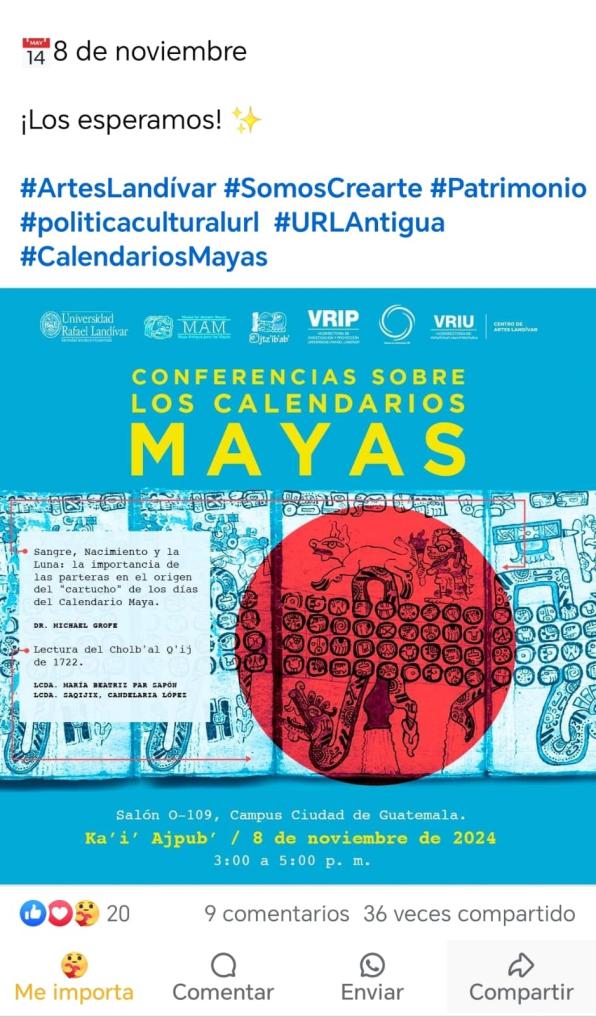
Fue compartido en Facebook 36 veces.




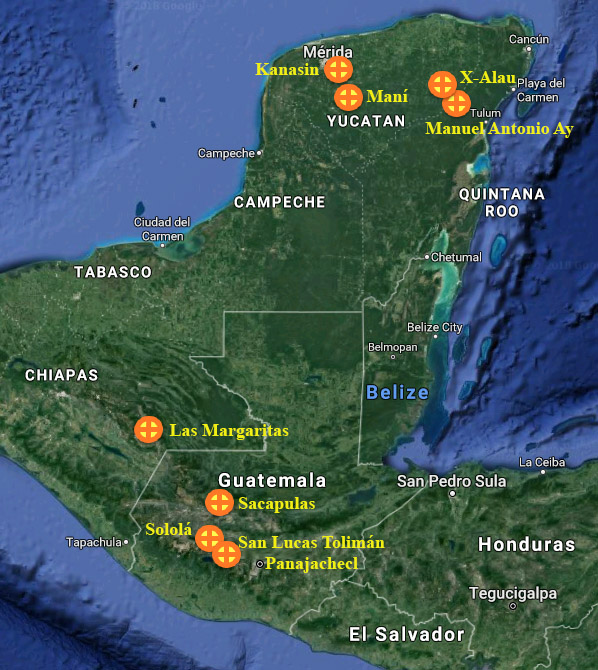

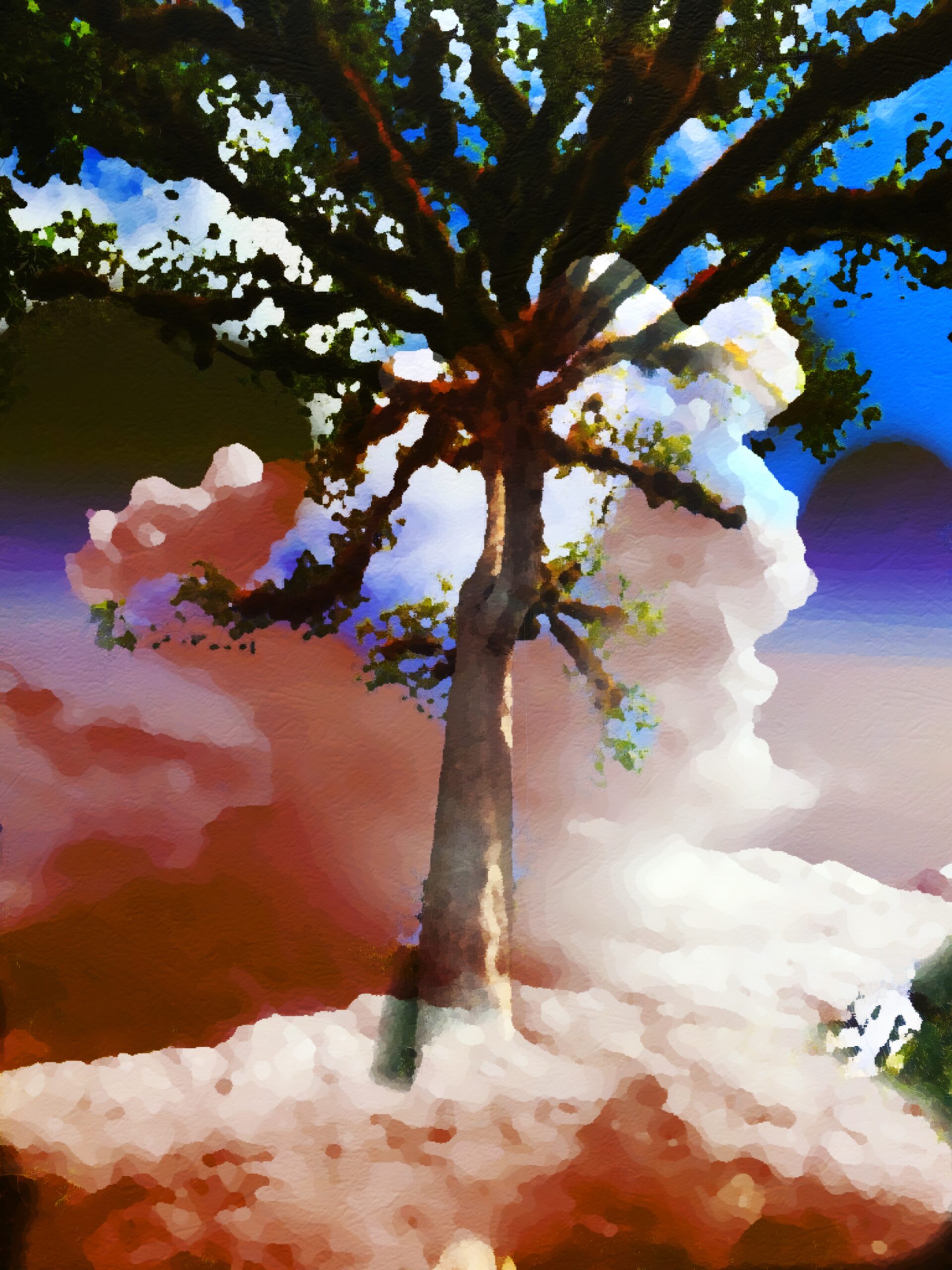

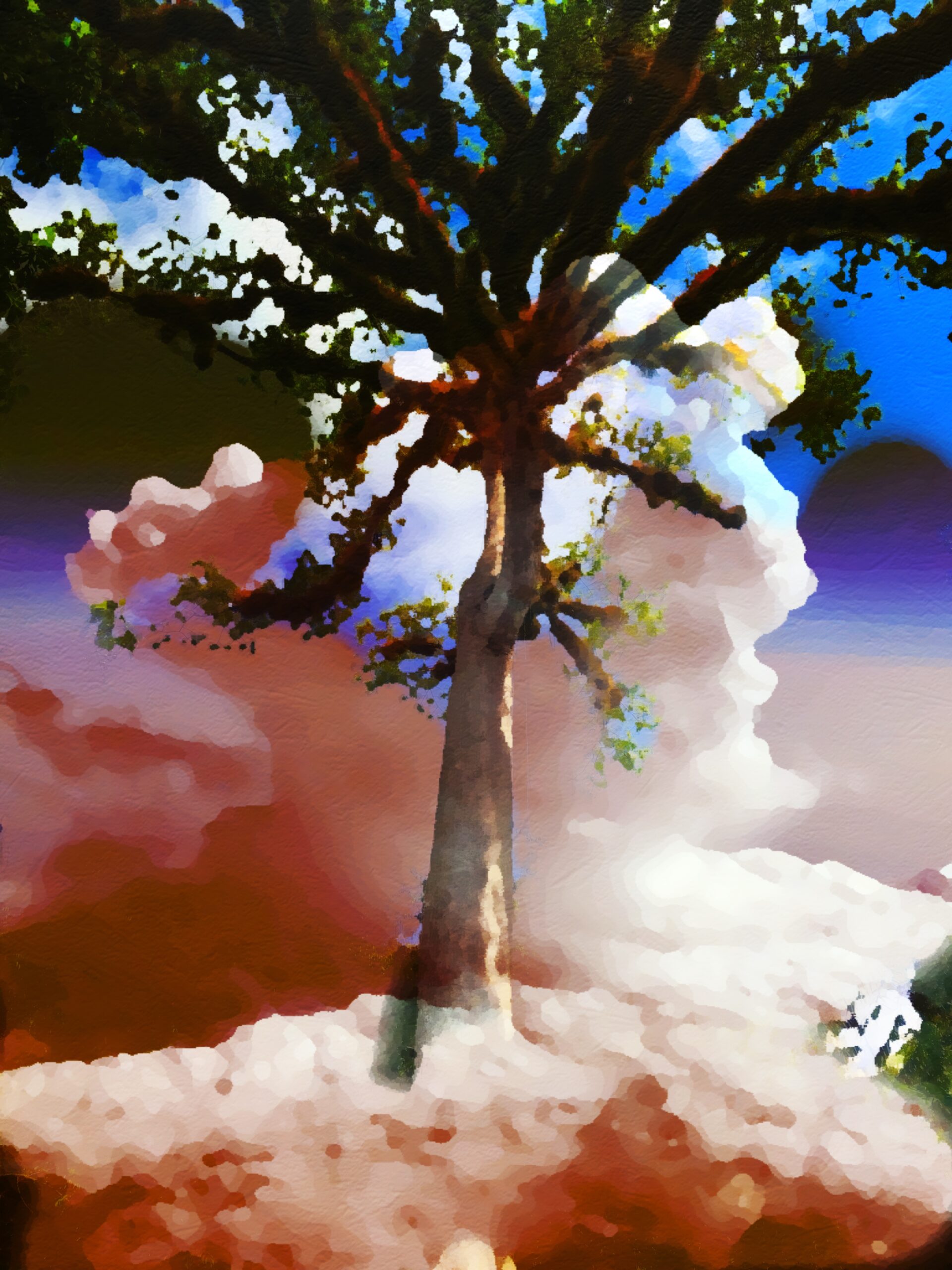 La Ceiba en las nubes por Michael Grofe.
La Ceiba en las nubes por Michael Grofe.